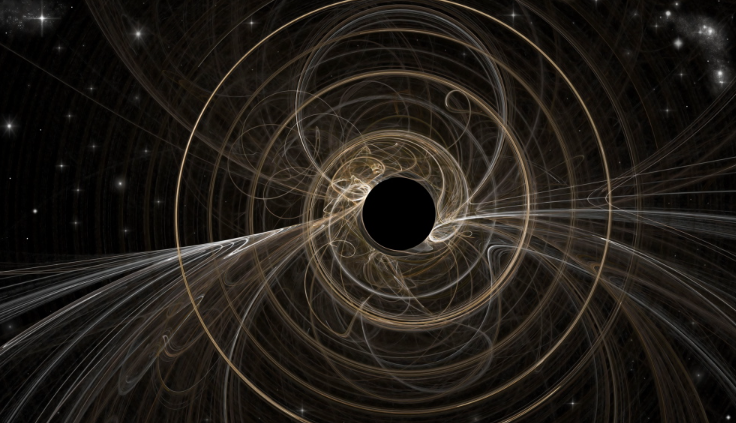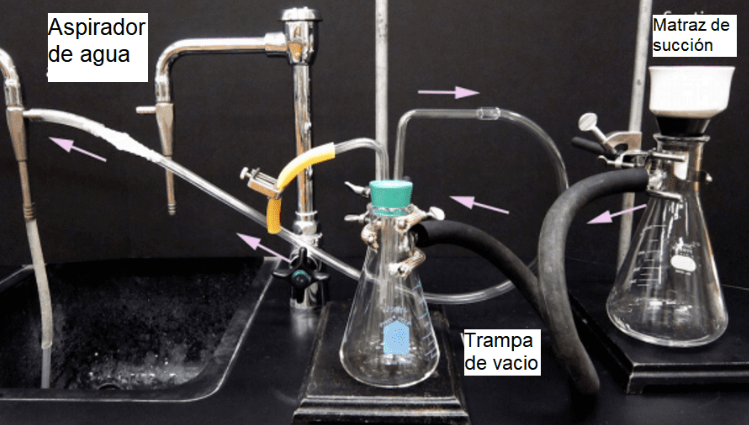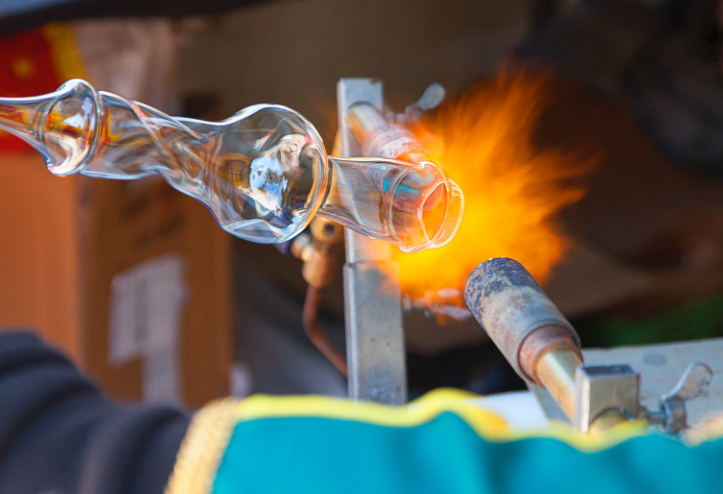The science of vacuum: exploring the role of vacuum in chemistry

What is the void? It is a space devoid of matter, an approximation to said vacuum is a region with a gas pressure much lower than atmospheric pressure. Physicists often discuss ideal test results that would occur in a perfect vacuum, they use the term partial vacuum to refer to an actual imperfect vacuum such as one might have in a laboratory or in space.
The quality of a partial vacuum refers to how close it gets to a perfect vacuum, other things being equal, lower gas pressure means a higher quality vacuum. For example, a typical vacuum produces enough suction to reduce air pressure by about 20%, but higher quality vacuums are possible.

The vacuum chamber is very useful in a variety of processes and devices. Its first widespread use was in the incandescent light bulb to protect the filament from chemical degradation. The chemical inertness produced by vacuum is also useful for electron beam soldering, cold soldering, vacuum packaging and vacuum frying. Ultra-high is used in the study of atomically clean substrates, since only a very good one preserves atomically clean surfaces for a reasonably long time (on the order of minutes to days).
High to ultra-high vacuum removes air clogging, allowing particle beams to deposit or remove materials without contamination. This is the principle behind chemical vapor deposition, physical vapor deposition and dry etching, which are essential for semiconductor and optical coating manufacturing and surface science. The reduction of convection provides the thermal insulation of the thermos.

Deep vacuum lowers the boiling point of liquids and promotes low temperature degassing used in freeze drying, adhesive preparation, distillation, metallurgy, and purging processes. Its electrical properties make electron microscopes and vacuum tubes, including cathode ray tubes, possible. Vacuum interrupters are used in electrical appliances. Vacuum arc processes are industrially important for the production of certain grades of steel or high purity materials. Elimination of air friction is useful for flywheel energy storage and ultracentrifuges.
Let’s watch the following video and see how the vacuum force works!





Responses